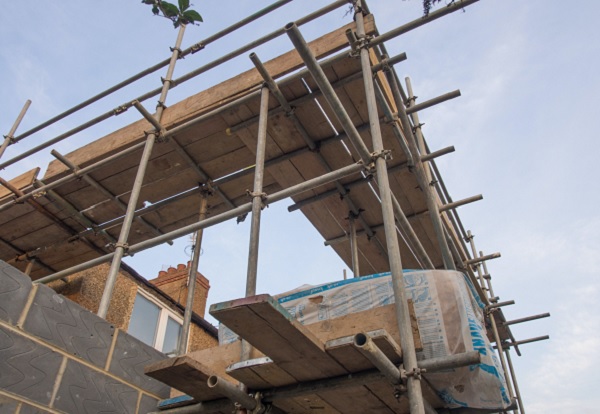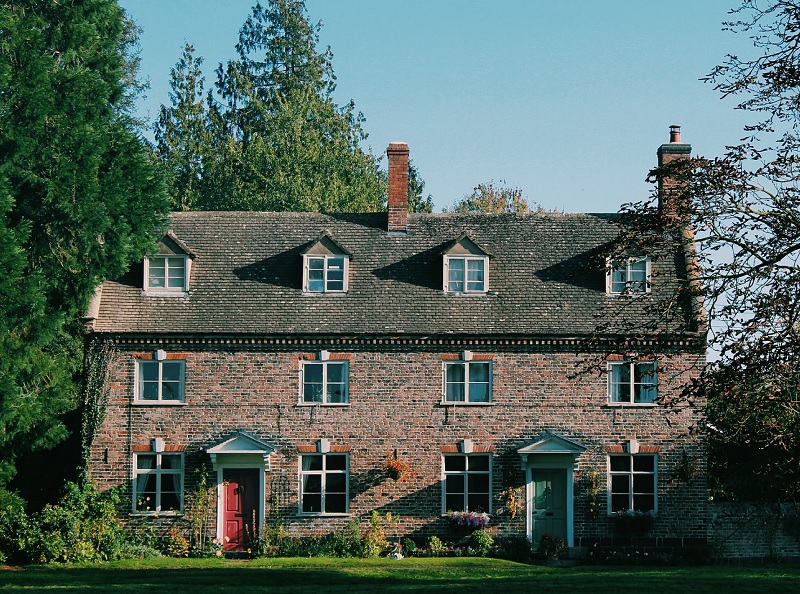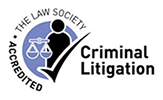Recycling or reusing the Nil Rate Band
So why wouldn’t you want to give your family an extra £260,000 is a question I ask all the time. Many advisers have not fully understood just how flexible the Nil Rate Band is when it comes to tax planning. That Nil Rate Band, currently worth £325,000, has not changed in value since tax year 2008/09.
When the late Alastair Darling in the autumn of 2007 introduced the concept of the Transferable Nil Rate Band I remember adverts about courses entitled “what to do with those unwanted Nil Rate Band trusts” and I thought to myself “What do you mean unwanted?” Of all the available tax allowances the Inheritance Tax Nil Rate Band is special: it can be reused or recycled.
Every individual will have an Income Tax allowance, a Capital Gains Tax allowance and an Inheritance Tax allowance, only the last one can be transferred to other people following a death: every death is an opportunity!
There appears to be a lack of imagination when it comes to what you can do with Nil Rate Bands. Typically, the introduction of that ability to transfer it from the death of one spouse to another thereby enabling the survivor to double up, has somehow lost focus on what happened prior to the 2007 changes and how that is relevant today, especially in the light of the Residence Nil Rate Band (RNRB) and the frozen Nil Rate Band.
The Nil Rate Band is a key component in effective inheritance tax planning and can be the gift that just keeps on giving.
How you use your Nil Rate Band can affect the ability to claim the RNRB especially for estates that are over £2,000,000 where that RNRB is progressively withdrawn. When the definition of estate for the RNRB means “assets less liabilities” what happens on the first death of a couple can ensure the eligibility for the RNRB on the second, after all for the RNRB “debt” or liabilities can be good.
In addition, placing the Nil Rate Band into a trust in your Will as part of routine IHT planning sets up options both on the first and second death of parents. So actions taken after the first death can save tax or gain the RNRB which may otherwise be lost.
If a trust of the Nil Rate Band is put in place in the Will, the ability to lend that allowance to a surviving spouse can secure the RNRB and on the second death a parent’s set of Nil Rate Bands in trusts in their Wills which can be lent to the next generation can have the effect of saving them and subsequent generations the value of the tax on the two Nil Rate Bands, being £325,000 x 40% = £130,000 and multiplied by 2 gives the sum of £260,000.
If successive generations do the same in their Wills the ability to save Inheritance Tax can roll down the decades: well at least up to 125 years from that first death. Saving £260,000 is just the start! Roy Jenkins famously described Inheritance Tax as “a voluntary levy paid by those who distrust their heirs more than they dislike the Inland Revenue“.
So why wouldn’t you want to give your family an extra £260,000?
How can we help?
For further information, please contact Henry Anstey in the Wills, Trusts and Probate Team on 01733 882800 or email [email protected].
Henry Anstey LLB TEP, Partner
Subscribe for Updates












